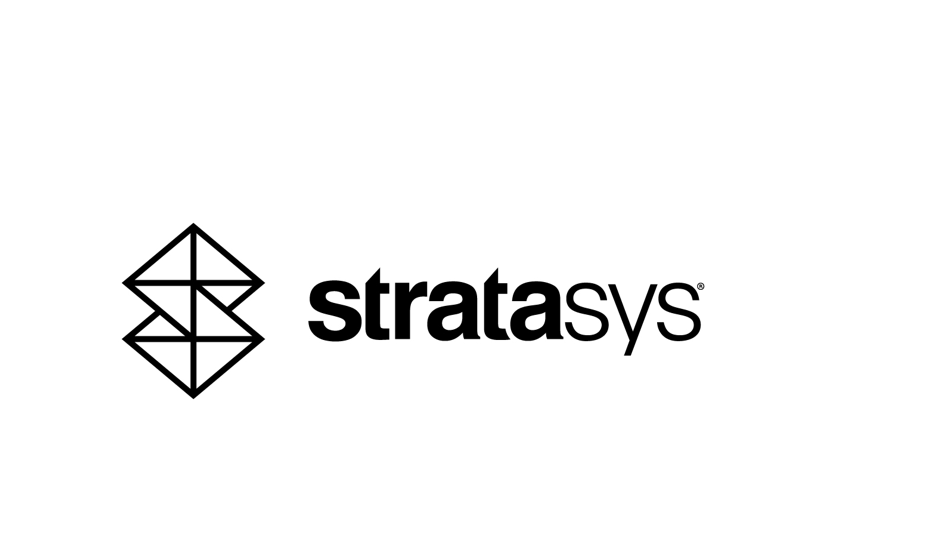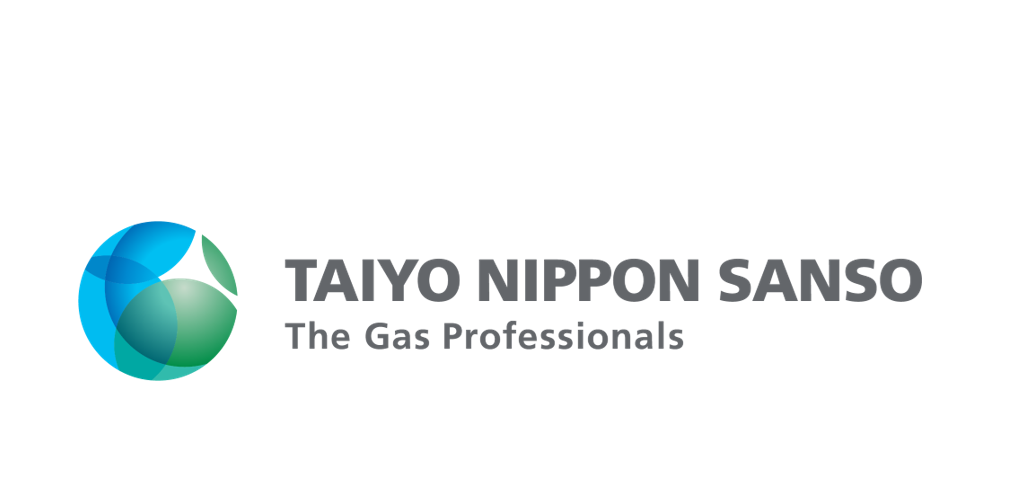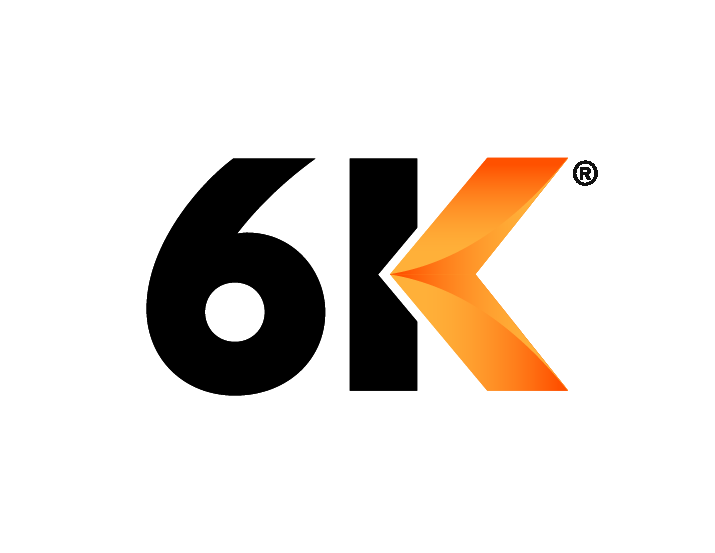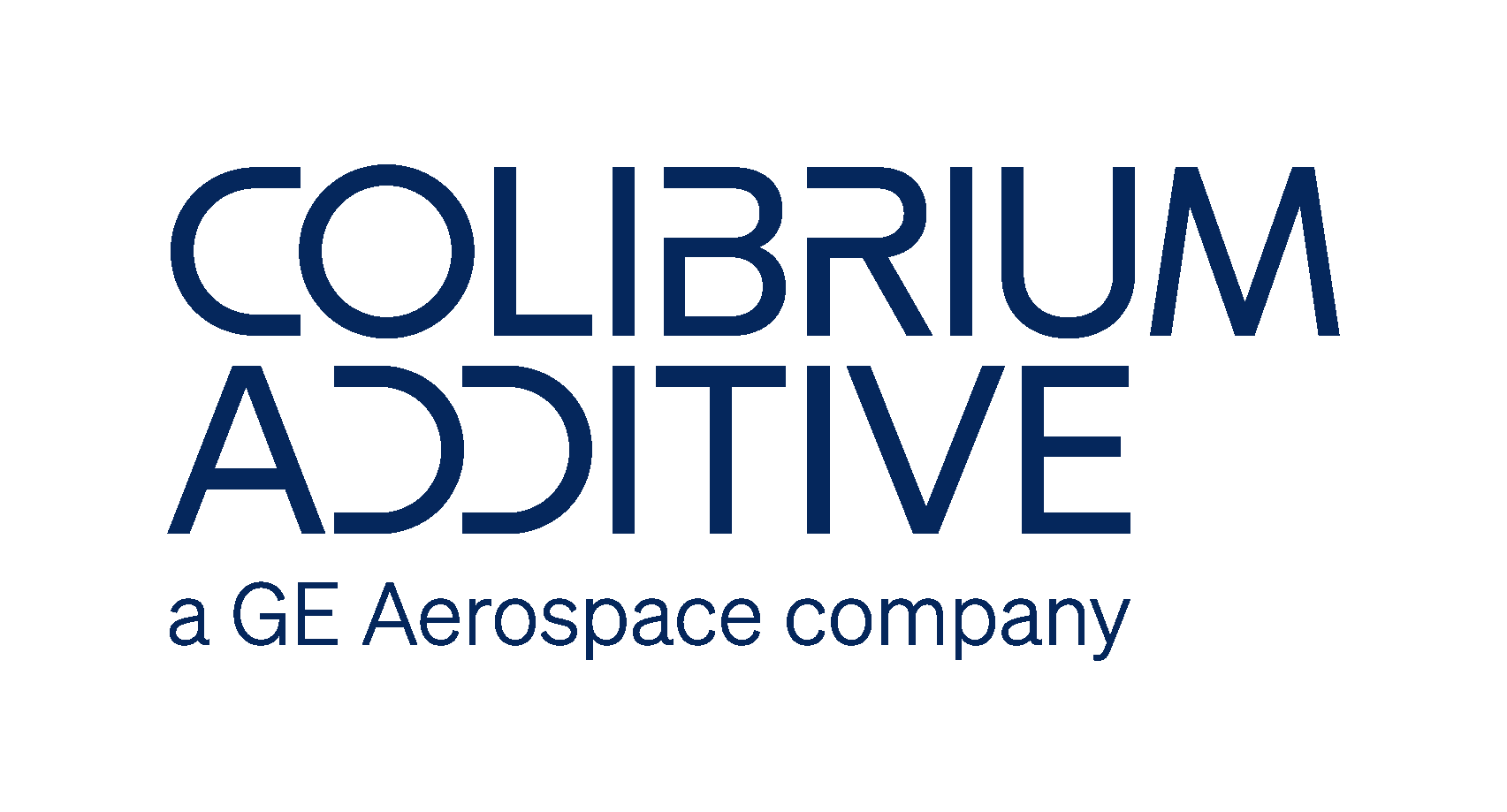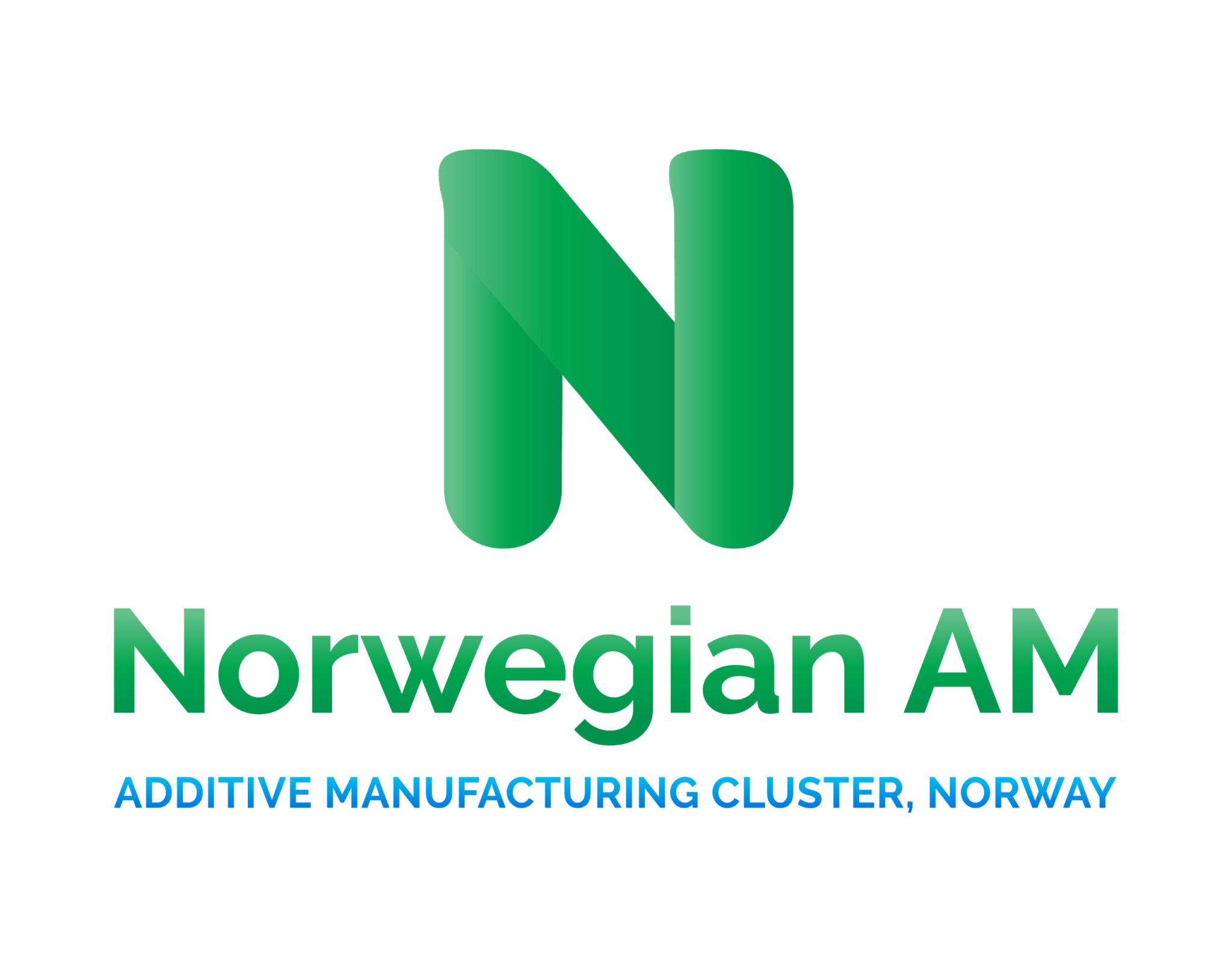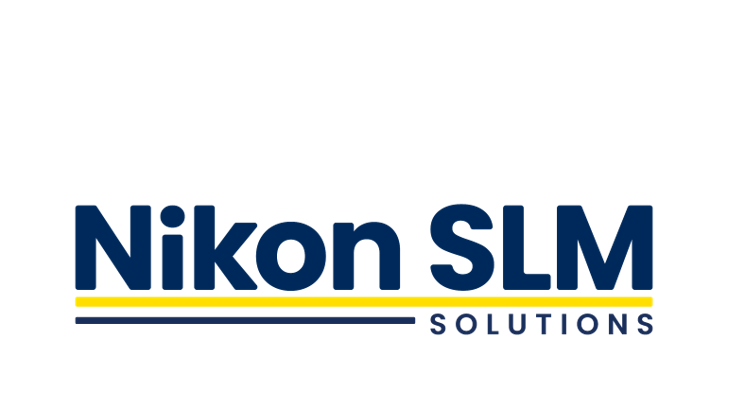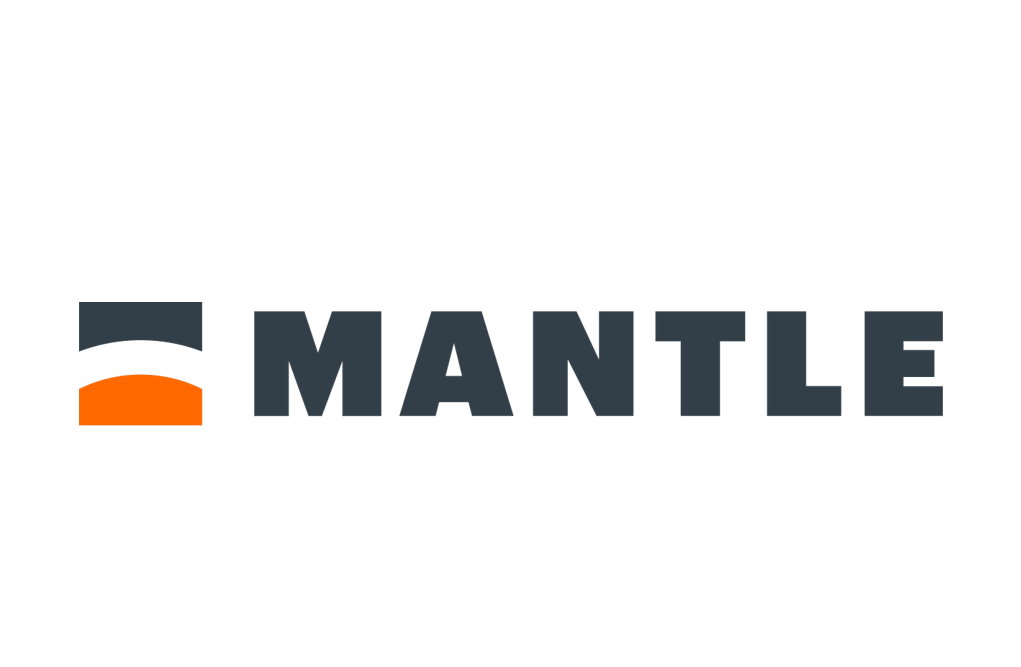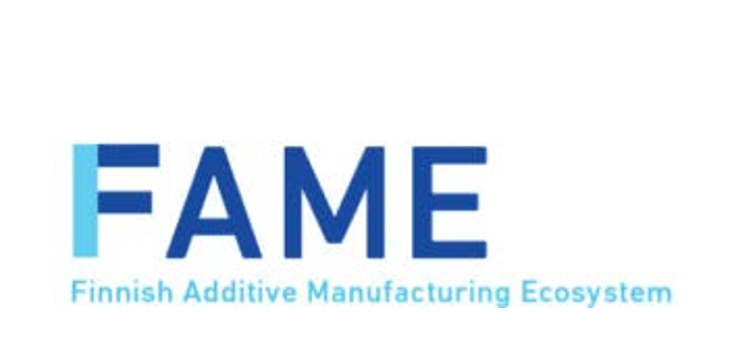July 19, 2023
Martin Back, BASF Forward AM
As of August 1, 2022, Martin Back took over as Managing Director of BASF Forward AM. With 25 years of industry experience in management roles, Martin Back is intimately familiar with the Additive and Manufacturing industries, having already served as Managing Director of BigRep GmbH from 2018 to 2021.

Martin Back
When we spoke recently, you discussed three pillars for 2023: sustainability, solutions, and culture. How do these three concepts underpin BASF Forward AM’s strategy? Are they interdependent?
Martin: Yes, they absolutely are interdependent. These three pillars guide our strategy and together create the best outcome: an ecologically and economically sustainable business in which we provide full solutions to the market based on a culture that collaborates in an interdisciplinary way to deliver the best for our customers and the world that we live in.
Thinking sustainability first: while meeting our commitment to drive the industrialization of Additive Manufacturing, we are hyper-aware that we need to reduce our impact on the planet by developing sustainable products, solutions and production methods. We also need to grow our understanding of the overall impact of the 3D printing industry so that we can act and react fast.
With regard to solutions, we are creating a new cross-technology approach for our customers that provides value through high-quality materials, applications and processes. And we’re partnering to create scalable solutions for unmet market needs with speed and global presence.
We’re highly aware that culture is the bedrock of achieving these ambitious goals, and we’re building a great environment for our employees in which we grow and do good things together – always with sustainability and solutions in mind.
I was struck by how often culture came up in our conversation. How important is culture in driving a more sustainable business and developing more sustainable products for your customers?
Martin: A good and healthy company culture will self-nurture. As a leadership team we’re creating a culture that puts sustainability first together with our business success. Our employees are already highly aware of the challenges we face, but when they see the changes we’re implementing, it has a multiplier effect. Some of the steps that are having an impact: we’ve switched to solar energy at our Emmen site and to renewable energy at Sculpteo in Paris. We offer a JobRad option for employees in Heidelberg, which means they can lease bikes for their daily commute. But it’s also important for employees to see what we’re doing for customers, such as our Life Cycle Assessments and Carbon Compensation Program. In 2022, we launched our #ProjectZero initiative, which is a long-term commitment to improving our impact on the planet. One single step is not enough, but the sum of all the initiatives we’re taking can change the company and its culture.
What does sustainability in additive manufacturing mean to both you and your organization?

Martin: Additive manufacturing offers several benefits for sustainability. Firstly, there is production of parts on demand, reducing the need to build and house stock. Objects are created layer by layer, so there is much less material waste. There is unique freedom of design – by optimizing the design process of AM components parts become lighter, hollower, and thus more efficient, and less material is used (a great example here is lattice parts). These lighter elements reduce total weights and the amount of CO2, such as parts in end products like cars or airplanes. One example of this that springs to mind is our use case with the Girbau Group, in which the company switched to a high-performance photopolymer Ultracur3D® EPD 1006 to increase the efficiency of their laundry folding machines.
You are clear in your view that profitability and sustainability are congruent not conflicting. What do you think other businesses may get wrong in their efforts around sustainability?
Martin: Profitability and sustainability must go hand in hand. When you optimize a process, not only do you achieve energy and cost optimization, but this also has positive long-term effects for sustainability because energy costs money. At BASF Forward AM, we’re also trying to optimize the production of materials with profitability and sustainability in mind. The target is to find where these two overlap. Where other businesses might be going wrong is to only focus on one or the other, not both simultaneously.
You said something very interesting, “If a company knew what a company knows.” What does that mean to you and how does that influence your strategy?
Martin: A company is more than the sum of its parts, and the challenge (and also the fun) is working out how to unlock that. For instance, employees have extensive knowledge in their areas of expertise and also in sustainability. They will put this personal knowledge and research into their work, such as developing a material or an application, and this may help in product development. The company strategy absolutely must provide an environment where employees are warmly encouraged to share ideas and information so that more people can benefit – and what we offer our customers becomes more sophisticated and more targeted to their needs.
At BASF Forward AM we manage four business lines on three continents and four sales channels. As a leadership team we build self-managed teams. We align and review based on quarterly objectives and key results and have created a process, where we first define our company OKRs (objectives and key results) and then every team elaborates how to best leverage on their superpowers to contribute to these company OKRs by defining their team OKRs. This way we systematically encourage every person in the company to engage, growing personally and growing the business.
As manufacturers consider AM beyond their internal operations and into the production of their core products, what do you see holding them back?
Martin: This is so interesting, because as a global CEO I’m seeing a huge difference in different countries. In China, for instance, I see large industrial factories running on 70% additive manufactured production aids, whereas there is a slower adoption in Europe and North America. There are three reasons for this: technology, ecosystem, and culture.
In general, the technology readiness level does not always match the requirements of serial production. Or the cost per parts is not competitive. But there are endless use cases for already available working solutions still not systematically applied. Across the ecosystem, we are still lacking a critical mass of experienced designers for AM, also norms and experiences, but I’m especially seeing a gap in how best to join forces and create value for all.

Industries are facing complex change – and the only way to succeed is together. No one can win this alone.
You bring a wealth of knowledge from the broader manufacturing sector. How does that experience inform your approach in product development and efforts to expand the market?
Martin: The manufacturing sector in VUCA (volatility, uncertainty, complexity and ambiguity) times is faced with many challenges: how to lower costs, how to speed up go-to-market of new products, implementing new ideas in the manufacturing processes and which are the right partners to help us in these times of change. From my past I understand the challenges and pains of the manufacturing sector. Seeing the huge opportunities with additive manufacturing, I want BASF Forward AM to contribute the products and solutions to tackle these – and I can bring both sides together to successfully implement additive manufacturing applications for the sake of a competitive and sustainable economy.
You also mentioned the need for more use cases. Why are use cases important? Are there specific use cases you believe would be helpful in increasing acceptance and adoption of AM?
Martin: We all know that additive manufacturing went through its hype cycle, and the problem with hype is that people lose trust. Real impactful scalable use cases are the best way to rebuild trust and demonstrate that there are applications that are both innovative and are beneficial for the environment. By highlighting use cases, we aim to share information and help our customers make better decisions. For example, we worked with HILOS on an environmental assessment of 3D printed shoes. By printing a single part on demand, they were able to reduce overproduction and material waste while enabling recyclability.
I made special note of your comment that we should flip the default manufacturing narrative to “additive unless traditional methods are needed.” What does the broader manufacturing sector need to better understand to get to that viewpoint?
Martin: I work at a global level and see very different approaches to the use of AM in different countries. In Europe and the US, which both have a strong industrial heritage, AM is usually judged on a case-by-case basis against the traditional way of making production aids or products. I saw a different approach in Asia, where for the sake of speed and agility production aids are 3D printed as a default unless proven to be not possible. I saw manufacturing companies 3D printing over 70% of their production aids, enabling them to ramp up new serial production for new products in only one week. Even when individual cases are a little more expensive, leveraging speed and agility as a strategic competitive edge will pay it off manyfold in business growth. And when we sometimes wonder how Chinese manufacturers can be so fast and so good, then this might be one of the reasons. Living in a VUCA world is a race against time and this paradigm shift should be considered.
Anything else you would like to share with the other AMGTA members?
Martin: The only way forward is together, and no one can win alone. Additive manufacturing is just a technology, but the value for customers is created when we align applications, materials and processes to a reliable scalable solution. I describe these as a triangle. But you can also think of it as a three-legged stool. Take one leg away and the stool falls over. To create a stable solution, you need to work together and not separately or sequentially. We need collaboration where partners align collectively behind the goal to provide the best solution and thus iteratively adapt until a stable and scalable solution is created.
As leaders, we also need more education on the total impact of additive solutions on industrial applications. As an industry, we need to work on providing solutions that better match industry standards. And to do so, we need better collaboration within the additive manufacturing ecosystem. Collaboration is everything.
What’s your strategy to assess the sustainability aspects of your materials?
Martin: As part of our long term #ProjectZero commitment, we continue to develop sustainable products, solutions, and production methods. We offer our customers Life Cycle Assessments (LCAs) in which we calculate the environmental impacts associated with every step of a product’s life. This transparency helps our customers and the industry at large. We currently offer LCAs for five of our products and will add a further ten by the end of 2023 – a total which is the highest number of any material supplier in the 3D printing business.
We also offer a Carbon Compensation program (CC) to counterbalance what we cannot yet reduce to go full circle as responsible environmental stewards. We currently offer CC for several of our PP line of materials and will increase this to a total of twelve by the end of the year.
In addition, we’ve signed up to the UN Sustainable Development Goals to underline our commitment to reducing waste, minimizing our carbon footprint, and promoting social responsibility.
All these pledges demonstrate not an emotional commitment to promoting sustainability, but a very practical one that will help our customers understand and mitigate their planetary impact as well.
The claims and views expressed in this Member Spotlight Interview are not necessarily those of the AMGTA, its staff, its Board of Directors, or member organizations. The AMGTA is not responsible for the content or accuracy of any information or claims provided as part of this Member Spotlight Interview and shall not be responsible for any decisions made based on such information.





